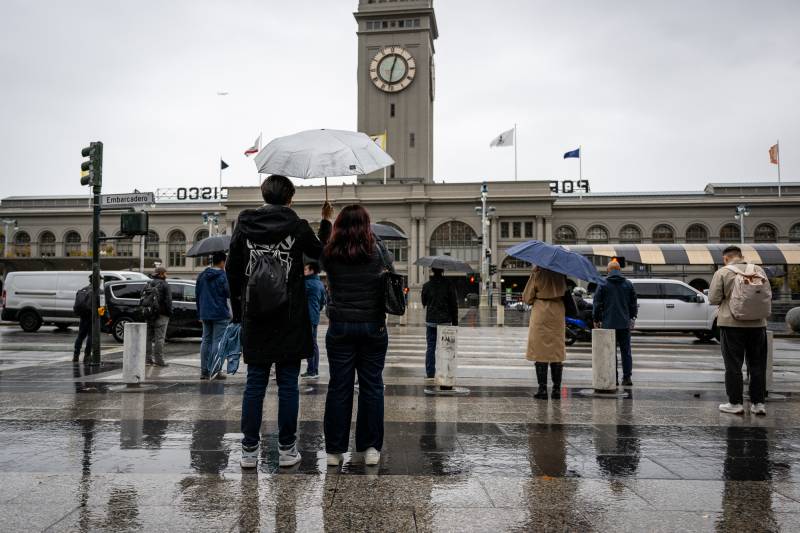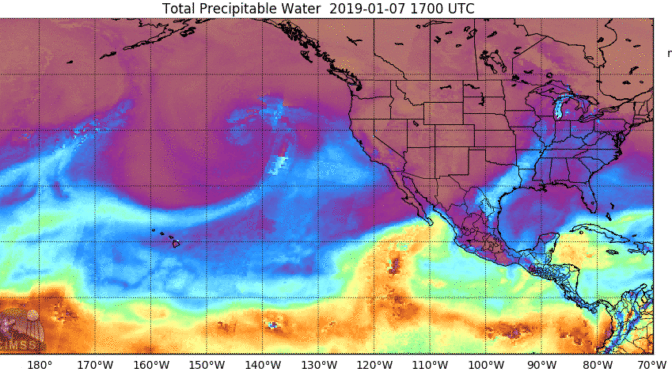James White, a meteorologist with the National Weather Service in Eureka, said Thursday that over the next 24 hours, the agency will be closely watching the Eel River, which is “expected to reach a major flood stage later tomorrow.”
If the river floods and roads are closed, he said, it could be difficult for people to move around the northern part of the state, leading to a “dangerous situation,” especially if there are landslides or rockslides.
“It’s not uncommon that Eureka and the North Coast gets cut off,” he said. “This is just kind of an extra long event, so folks just need to be prepared to lose power. Don’t travel around; just stay safe and hunker down.”
Since the storm began, PG&E has restored power to about 130,000 customers, according to the utility. Its outage tracker showed thousands more without power on Thursday afternoon.
The week’s second intense storm is expected to pick up Friday, when it will shift south and hit the rest of the Bay Area more directly.
On Wednesday, the strong winds downed trees, which crushed at least one home and damaged power lines in Santa Rosa, said Paul Lowenthal, division chief fire marshal for the Santa Rosa Fire Department.
“We had one tree come down that took out power lines, knocking out power to a couple of dozen individuals,” he said. “However, given the conditions, it could have been a lot worse.”
As the rain ramps up Friday, the potential for damage from falling limbs and flooding will only grow, Lowenthal said.
This week’s second storm system, moving south from the Gulf of Alaska, will veer toward the greater Bay Area on Friday and drop as much as 2 inches in San Francisco and 3 at higher elevations around San Francisco Bay.
“Tomorrow’s looking to be a lot wetter than initially believed,” Lowenthal said. “A lot of those same trouble spots we are dealing with will likely back up again and lead to another round of flooding and ponding in roadways.”



